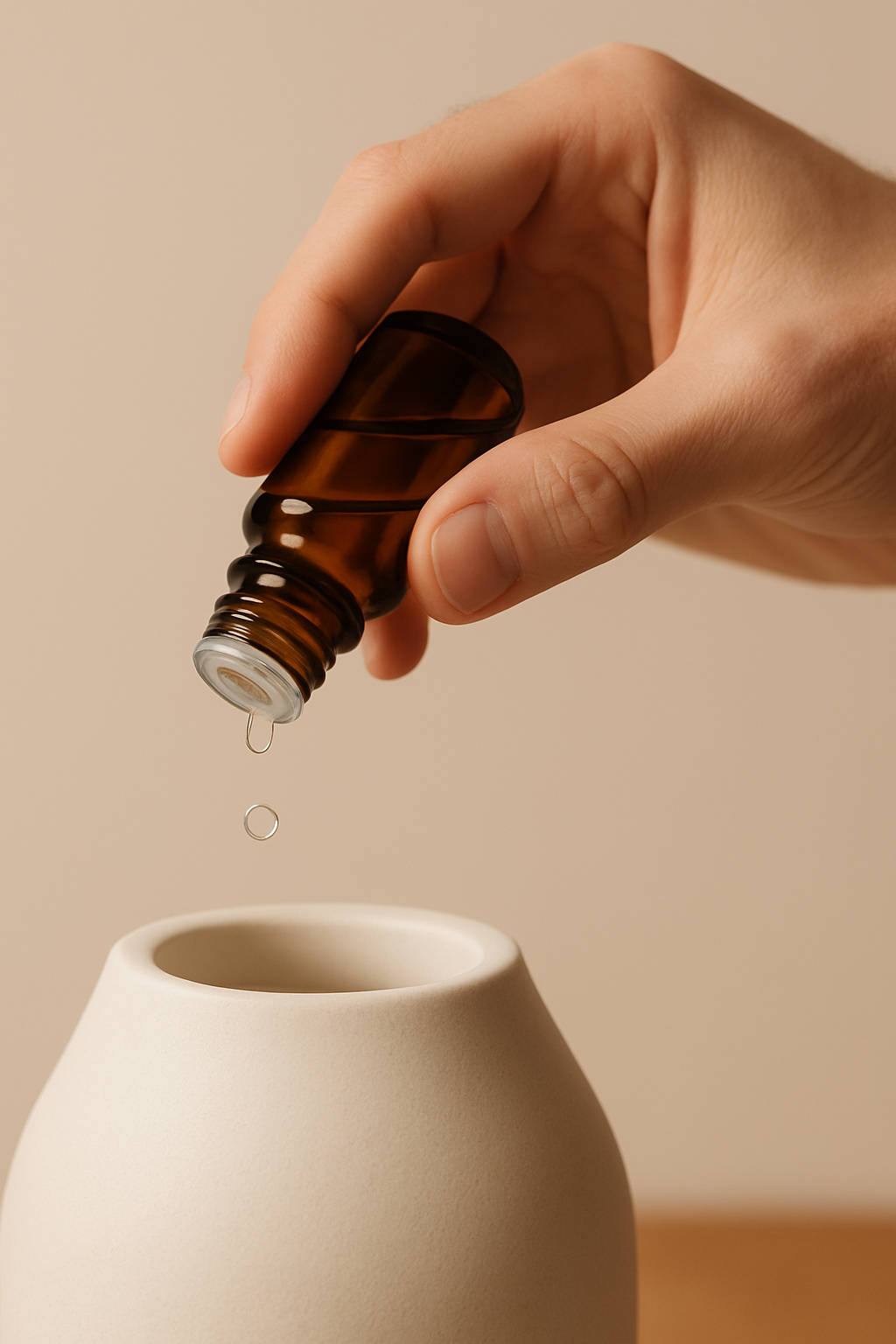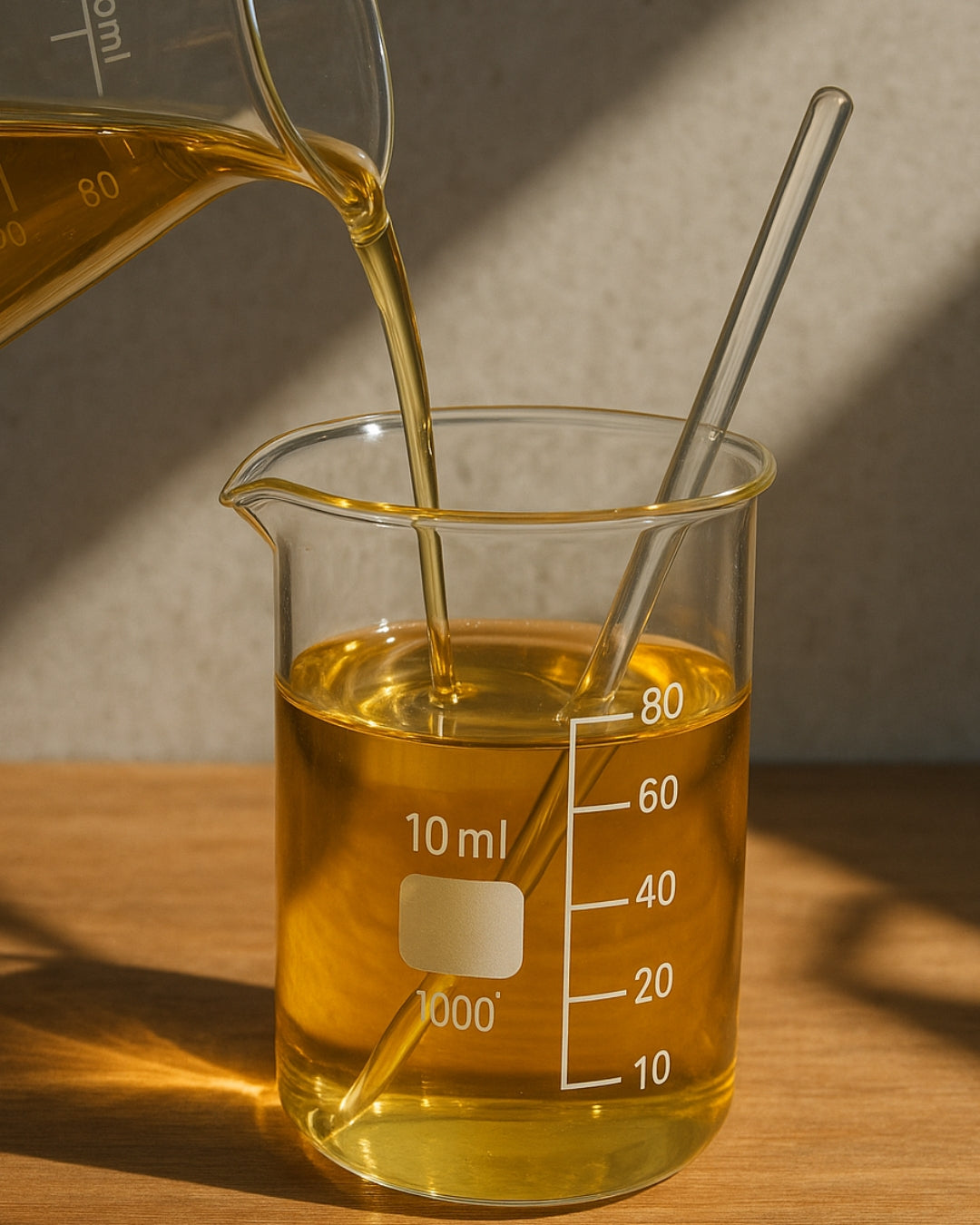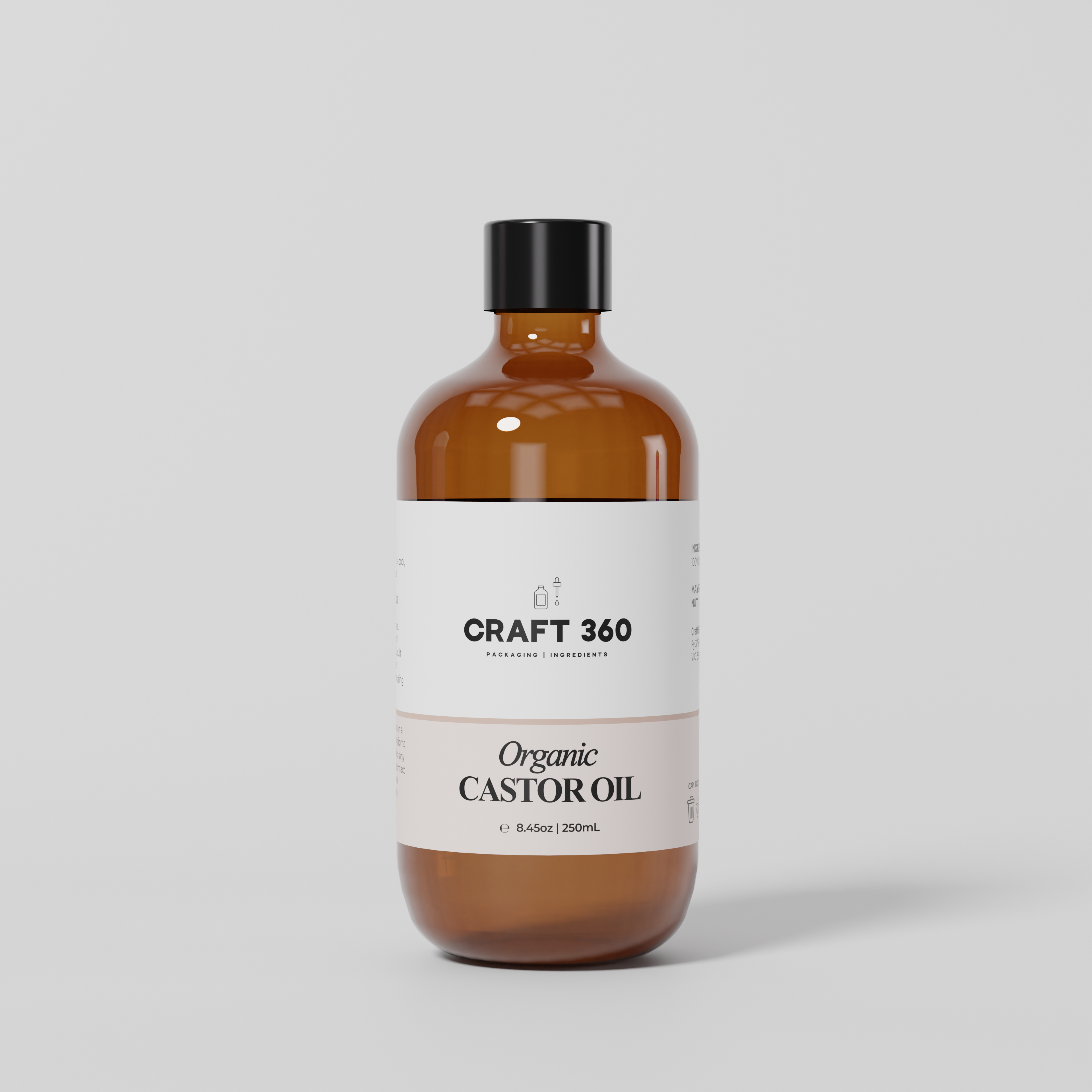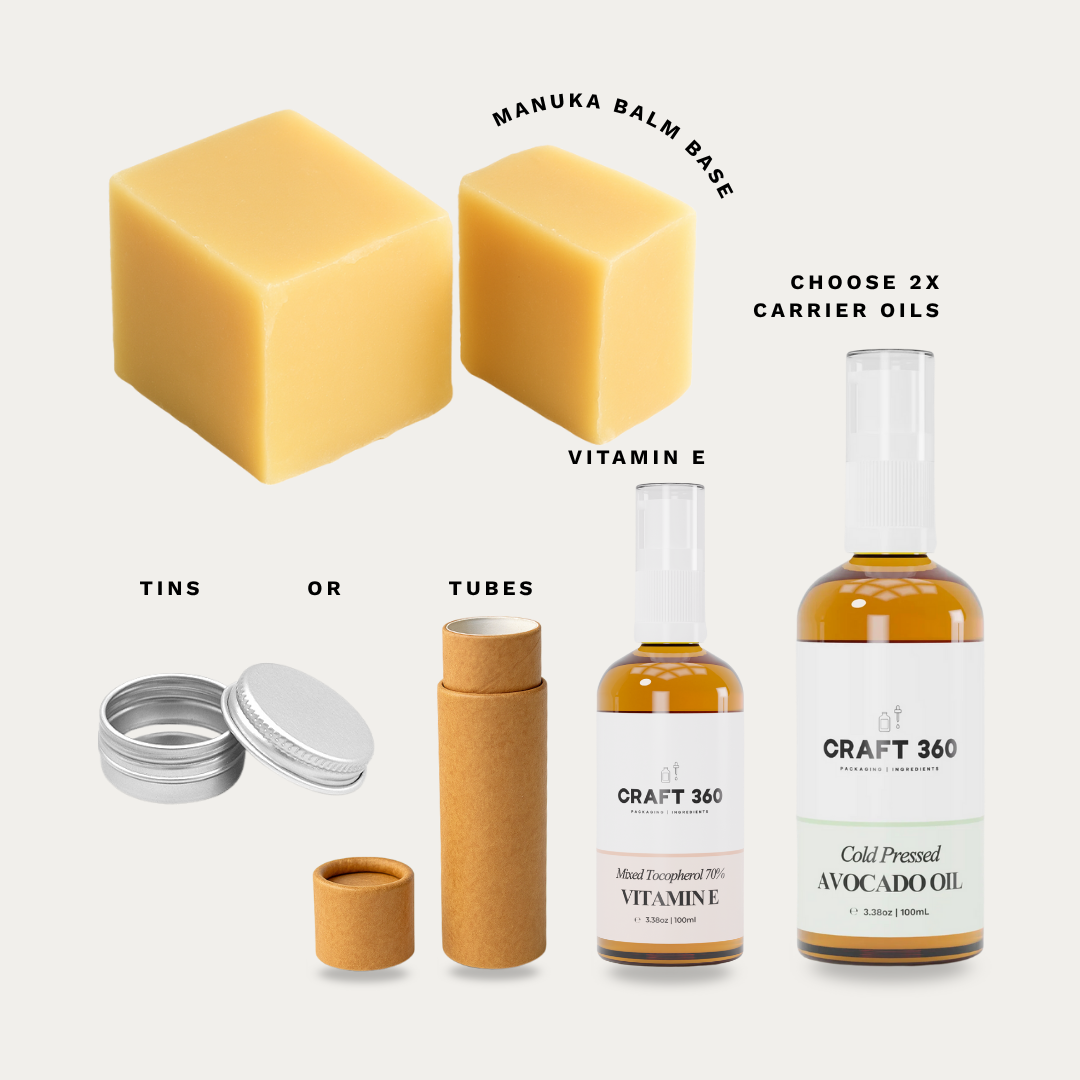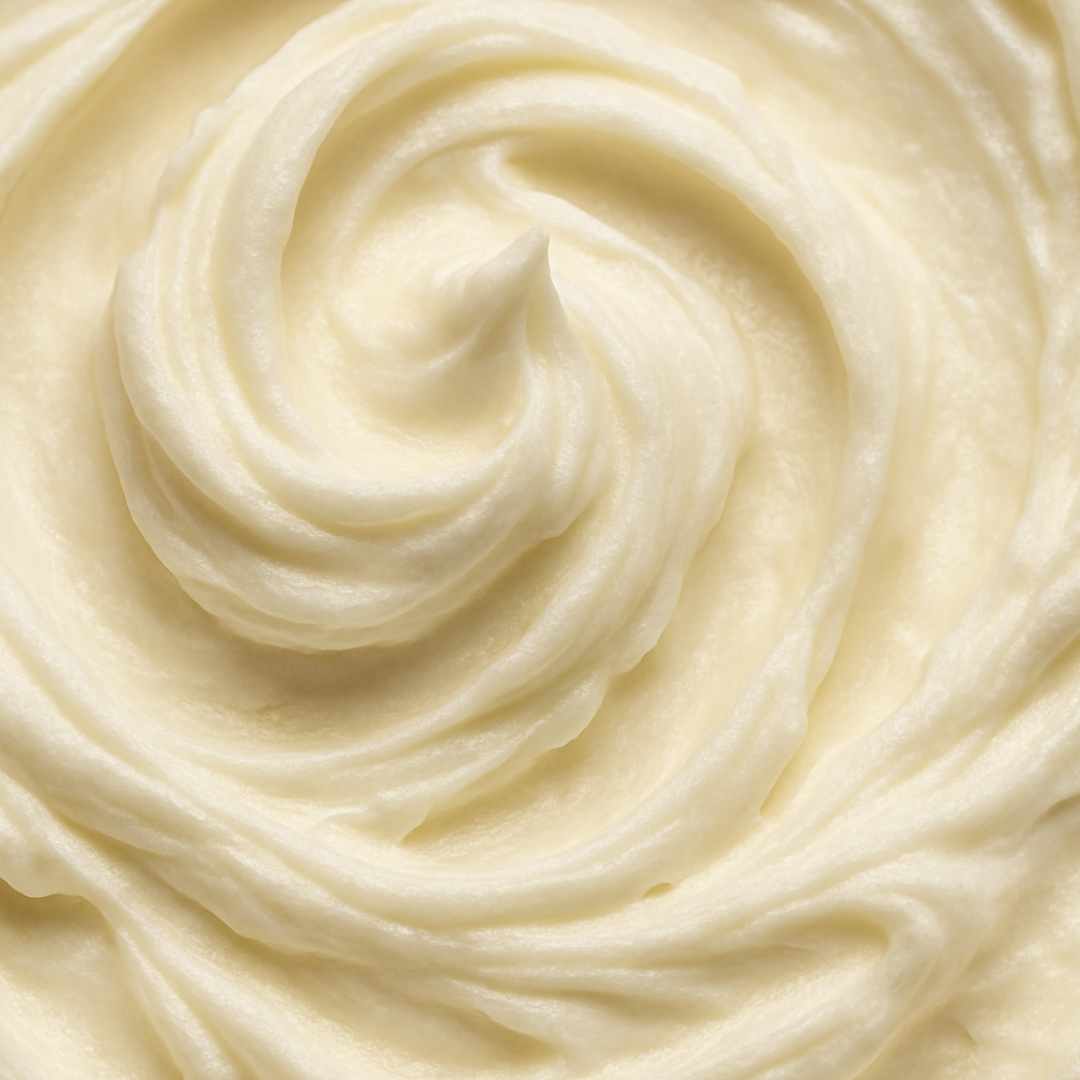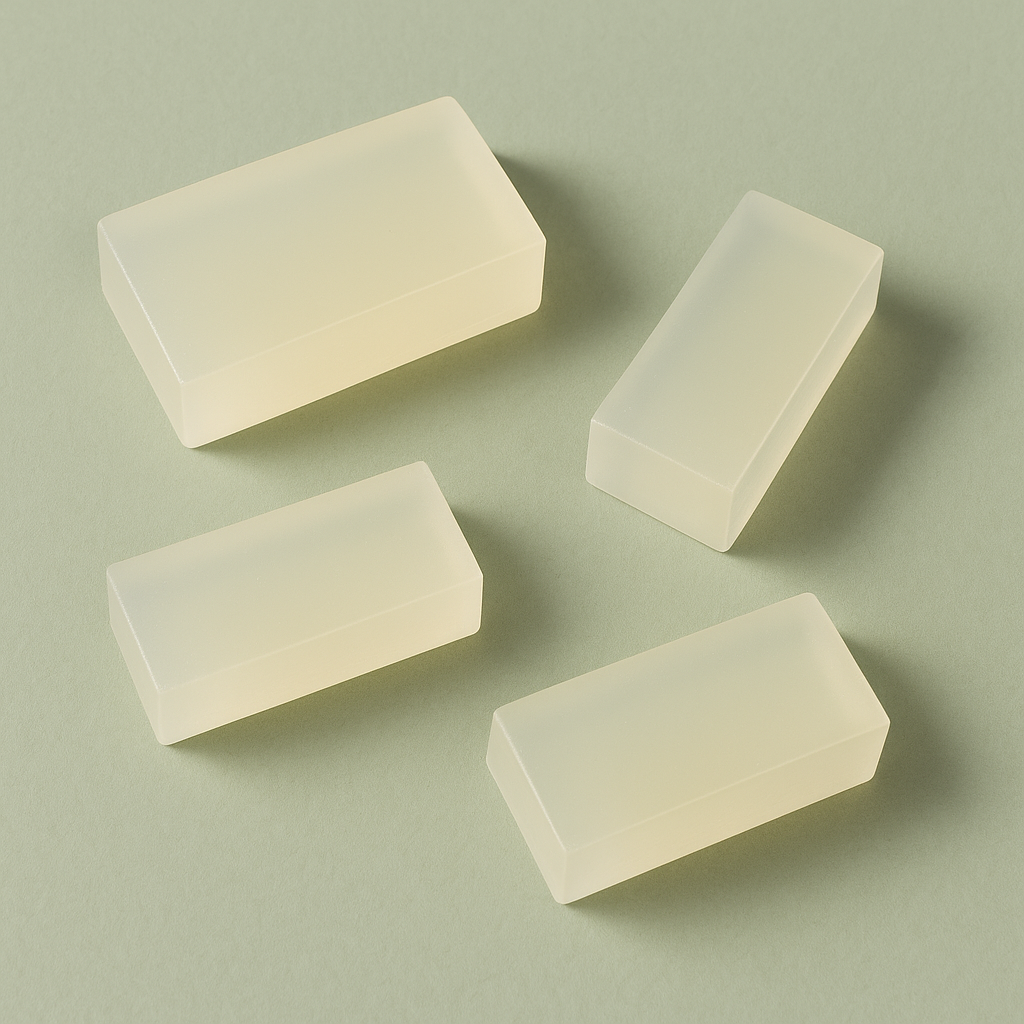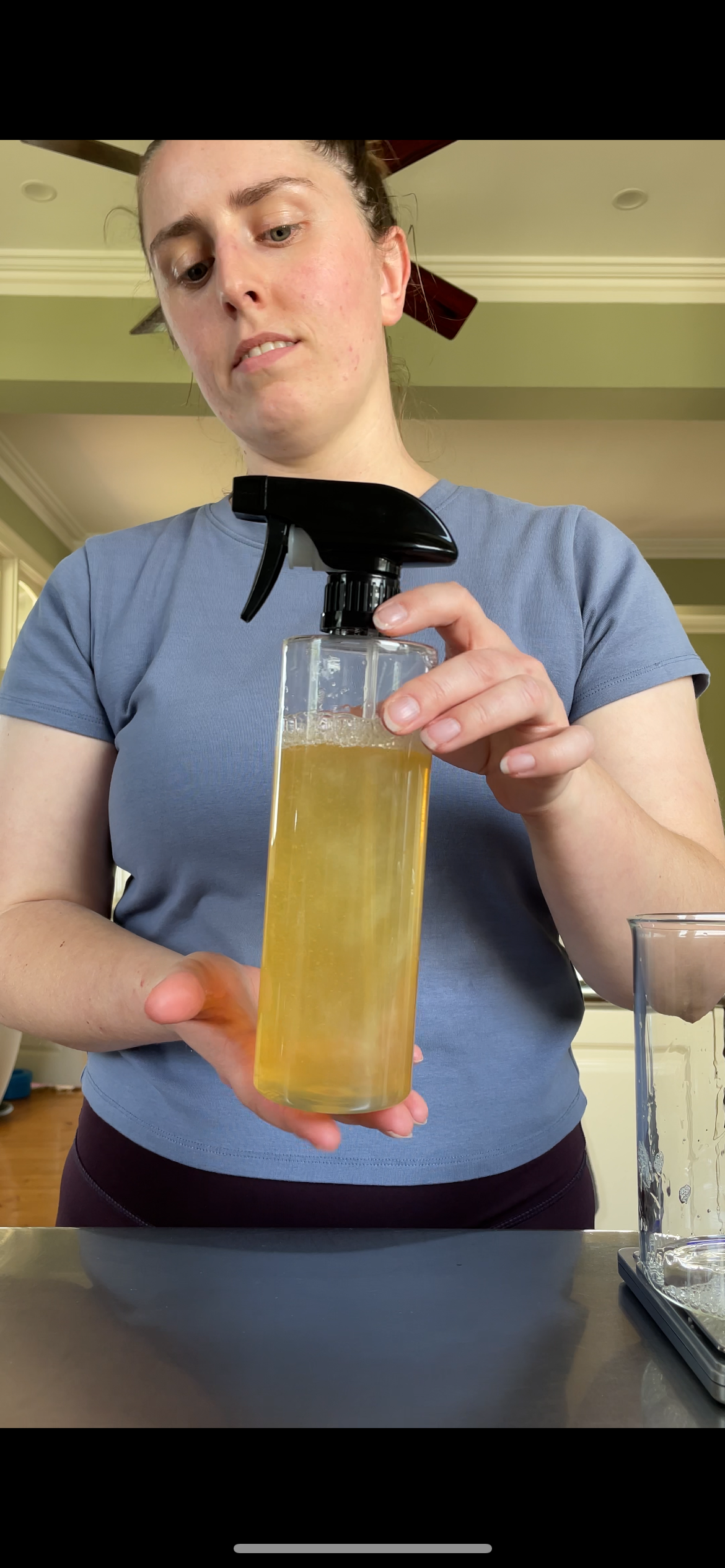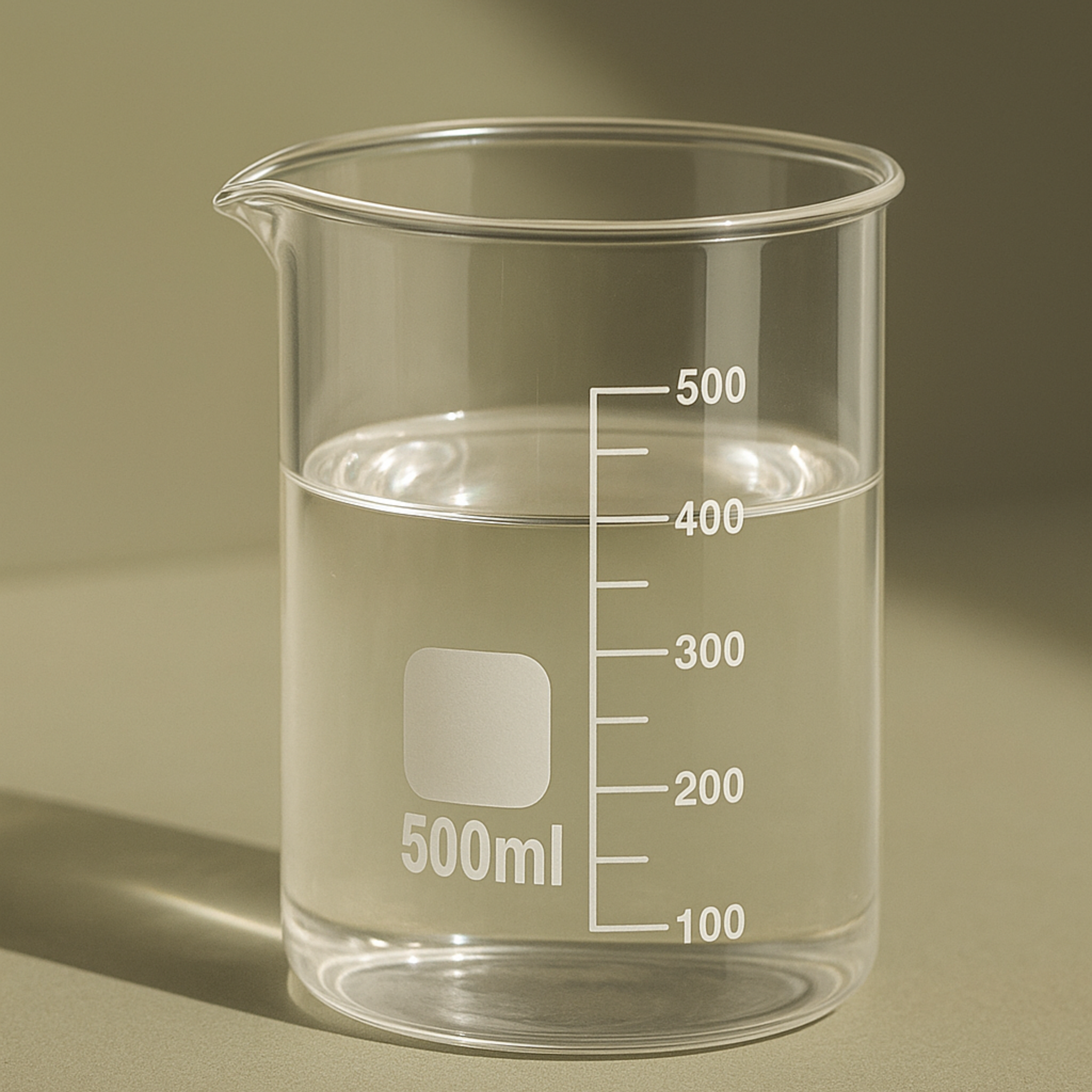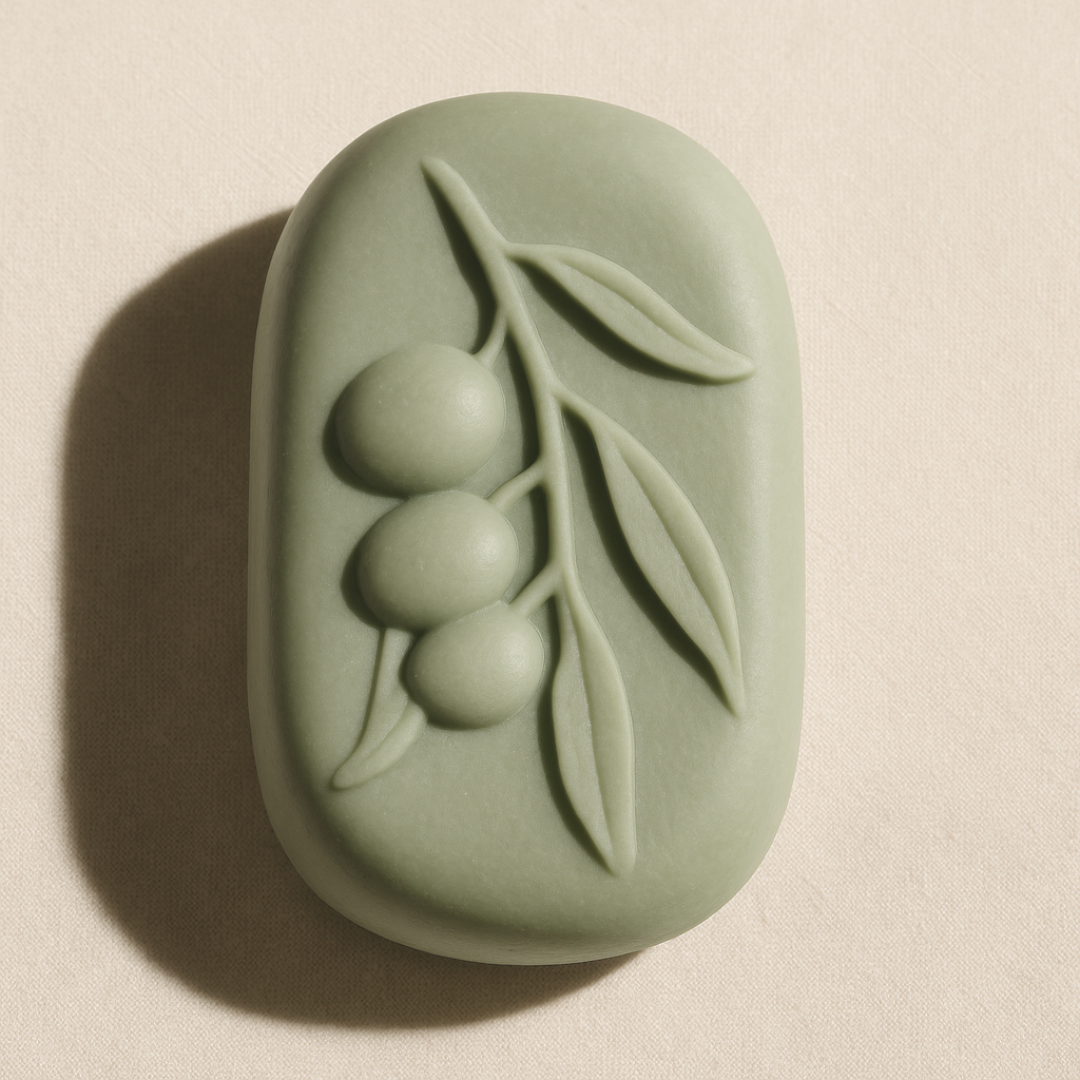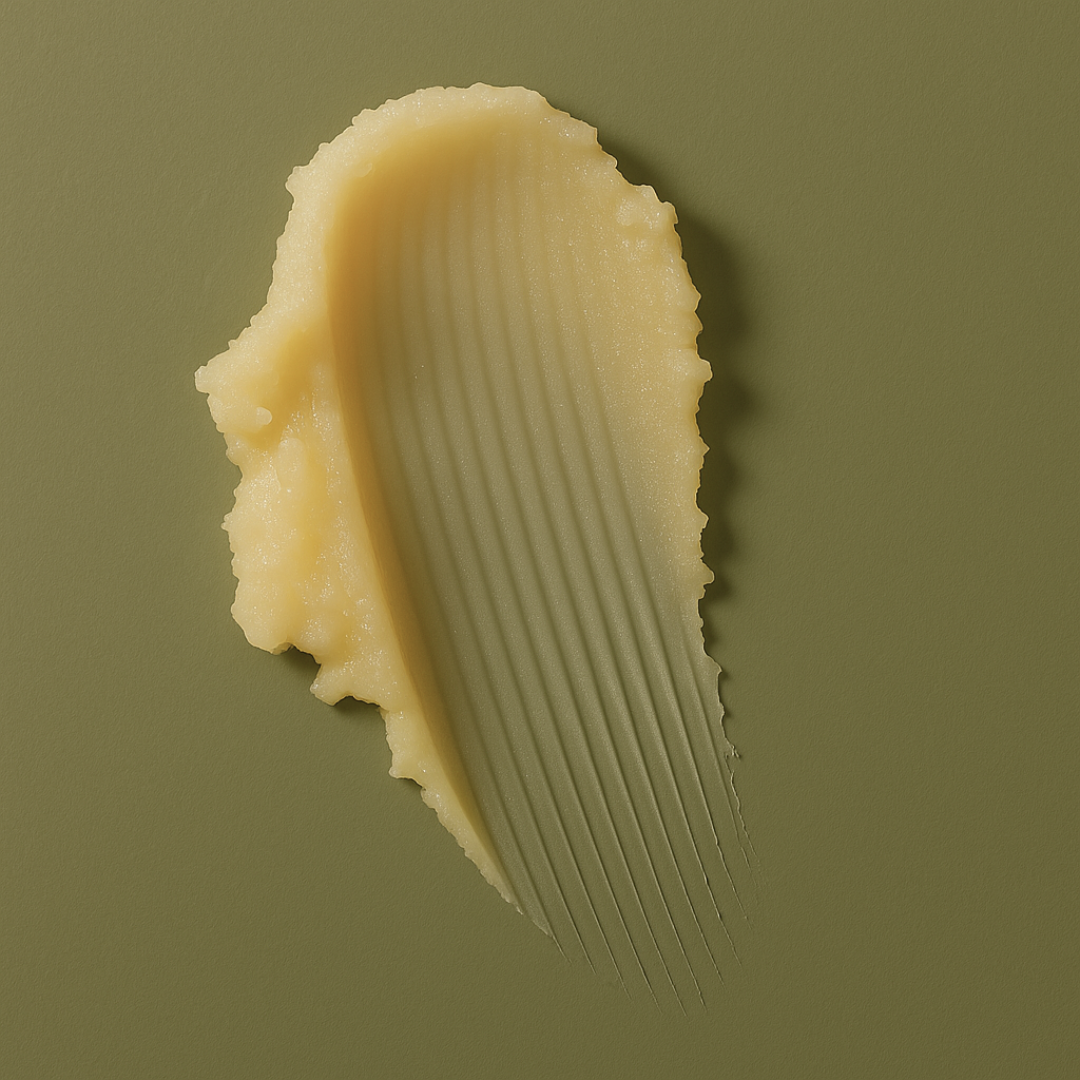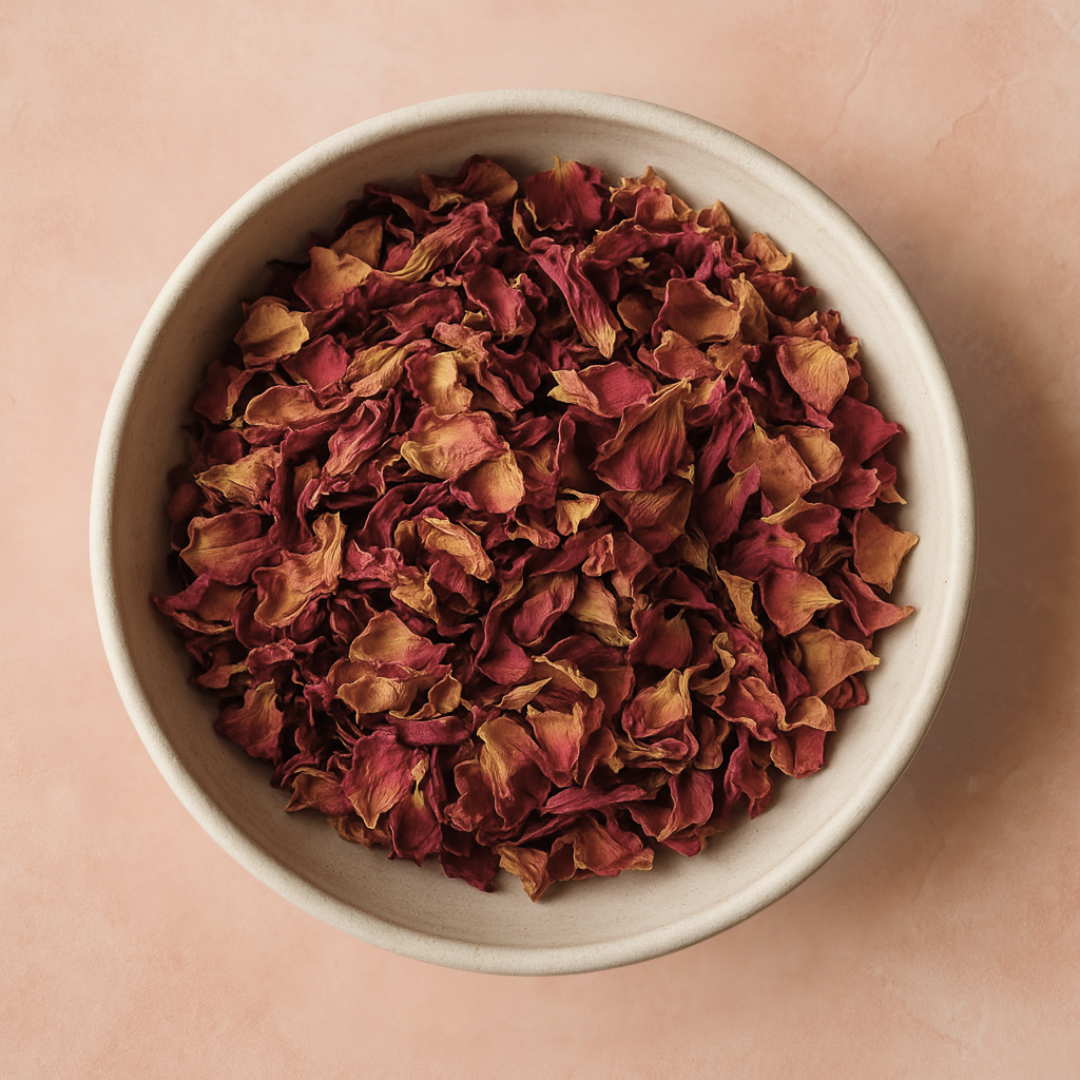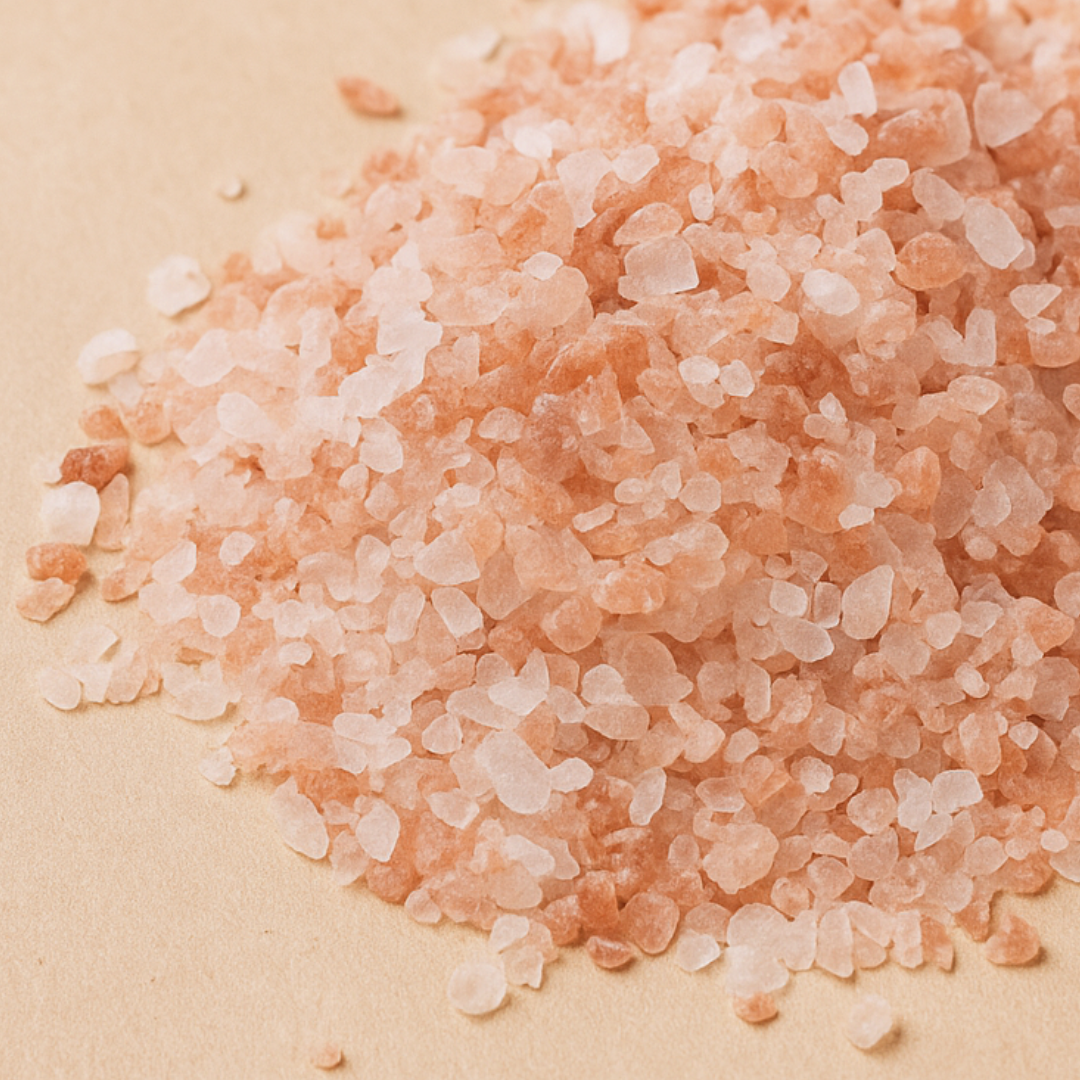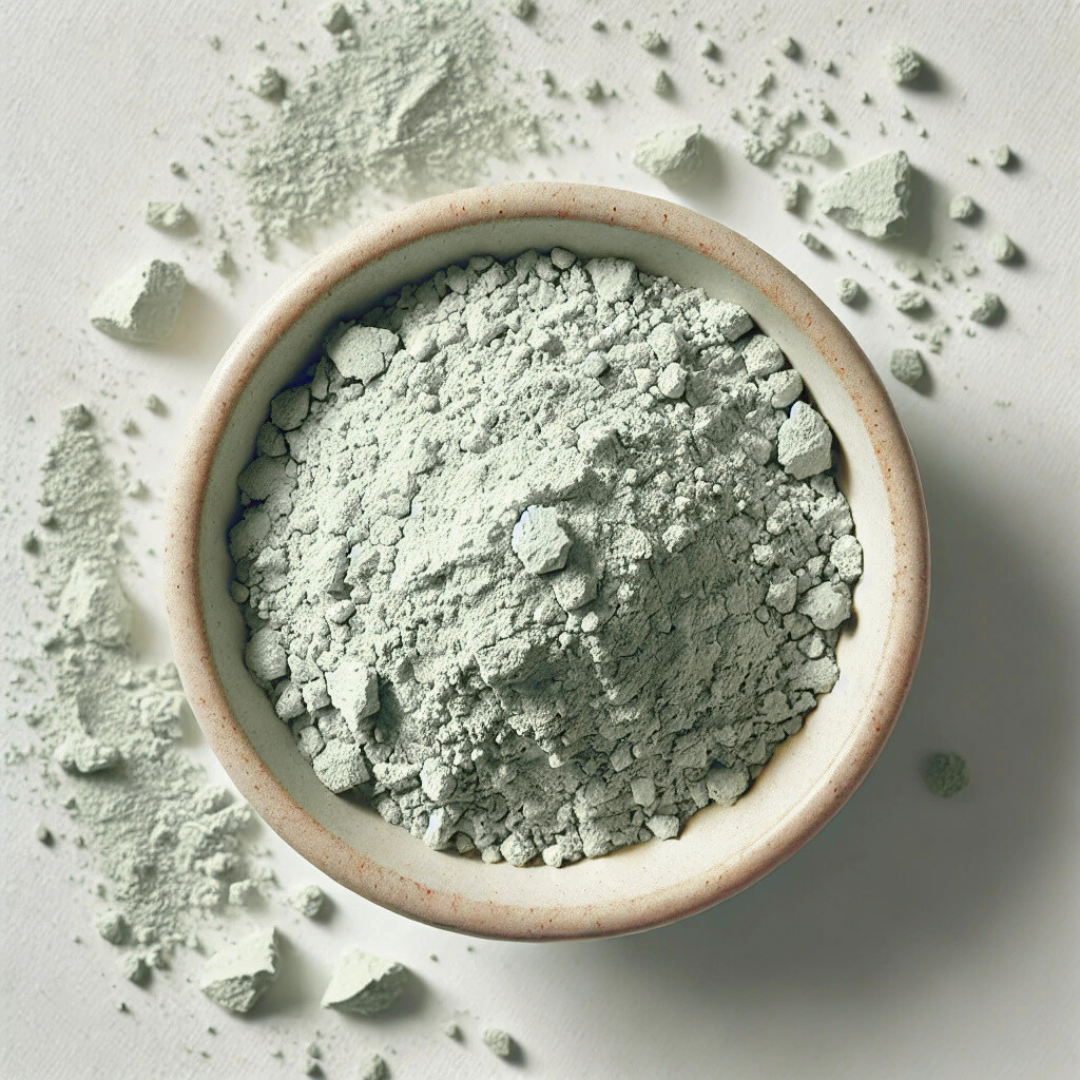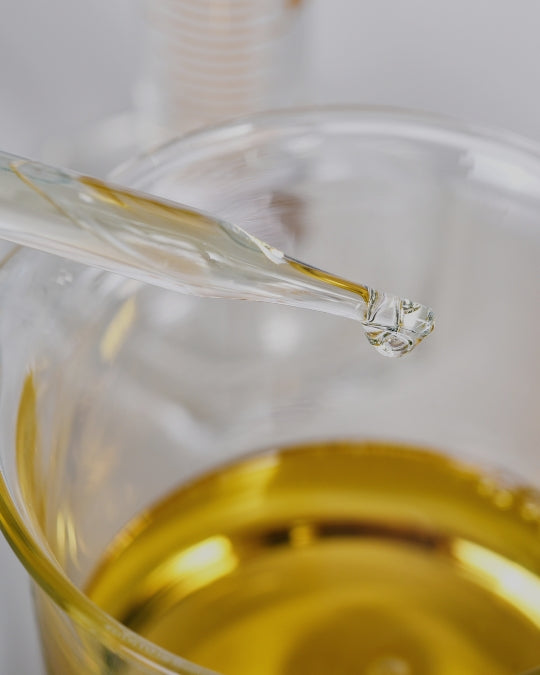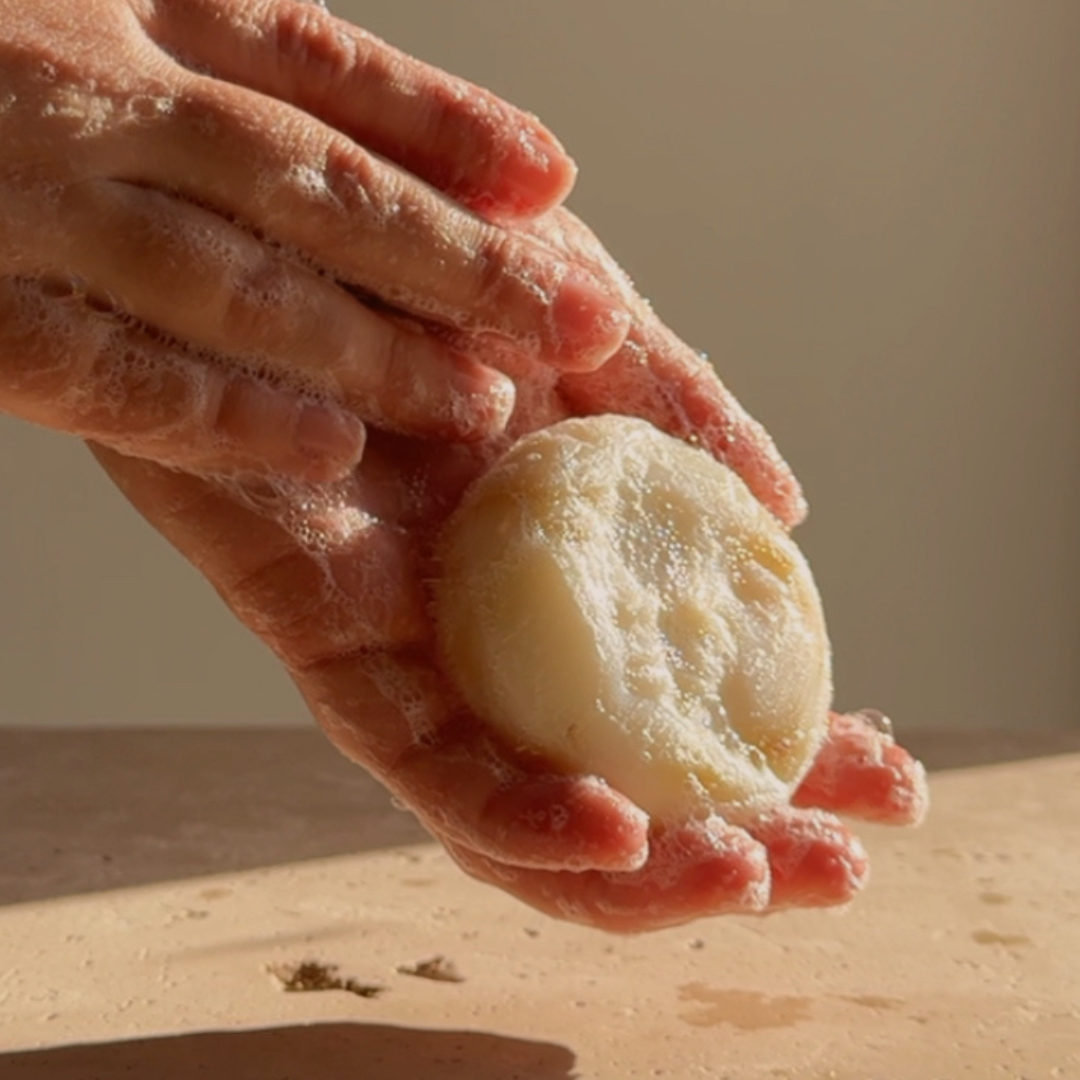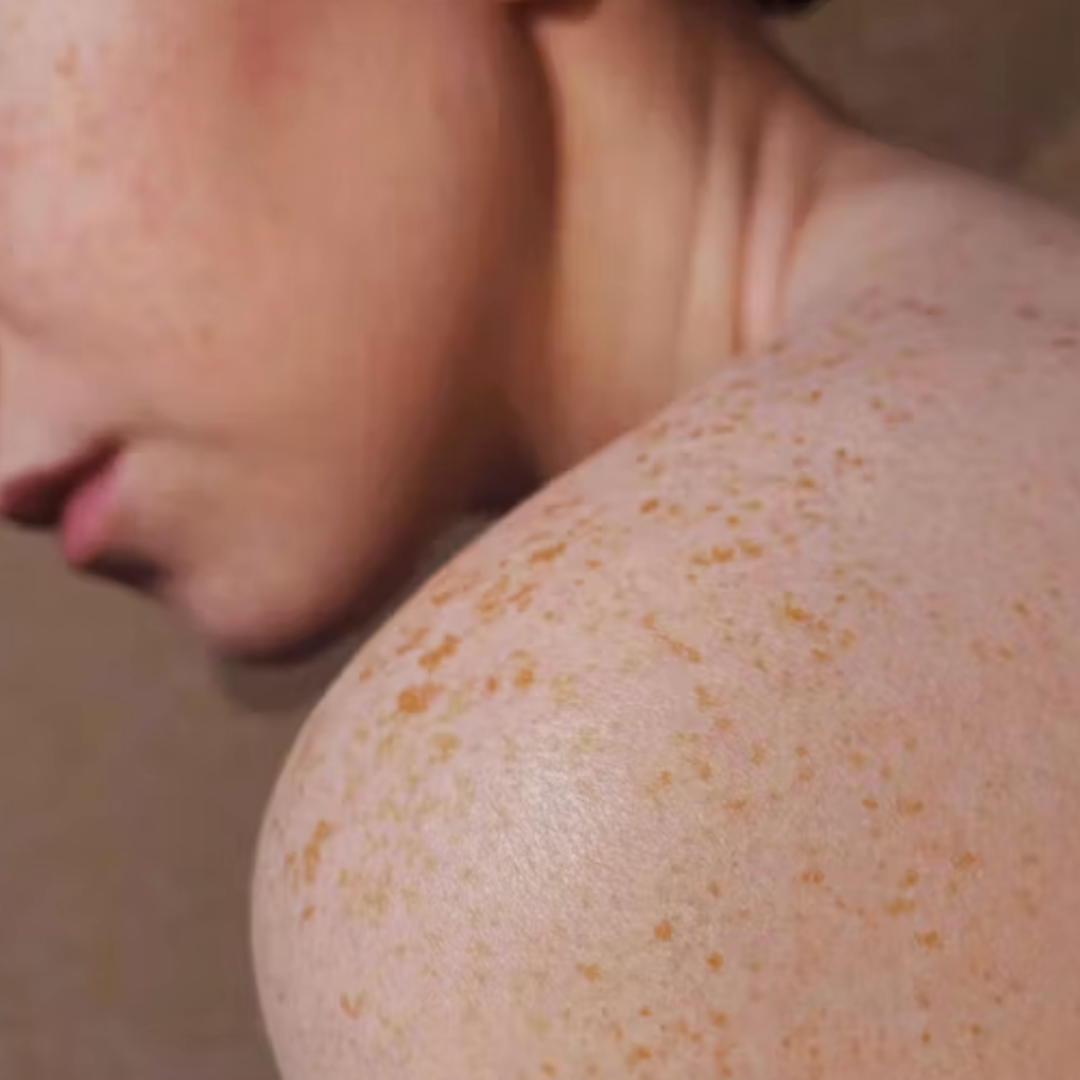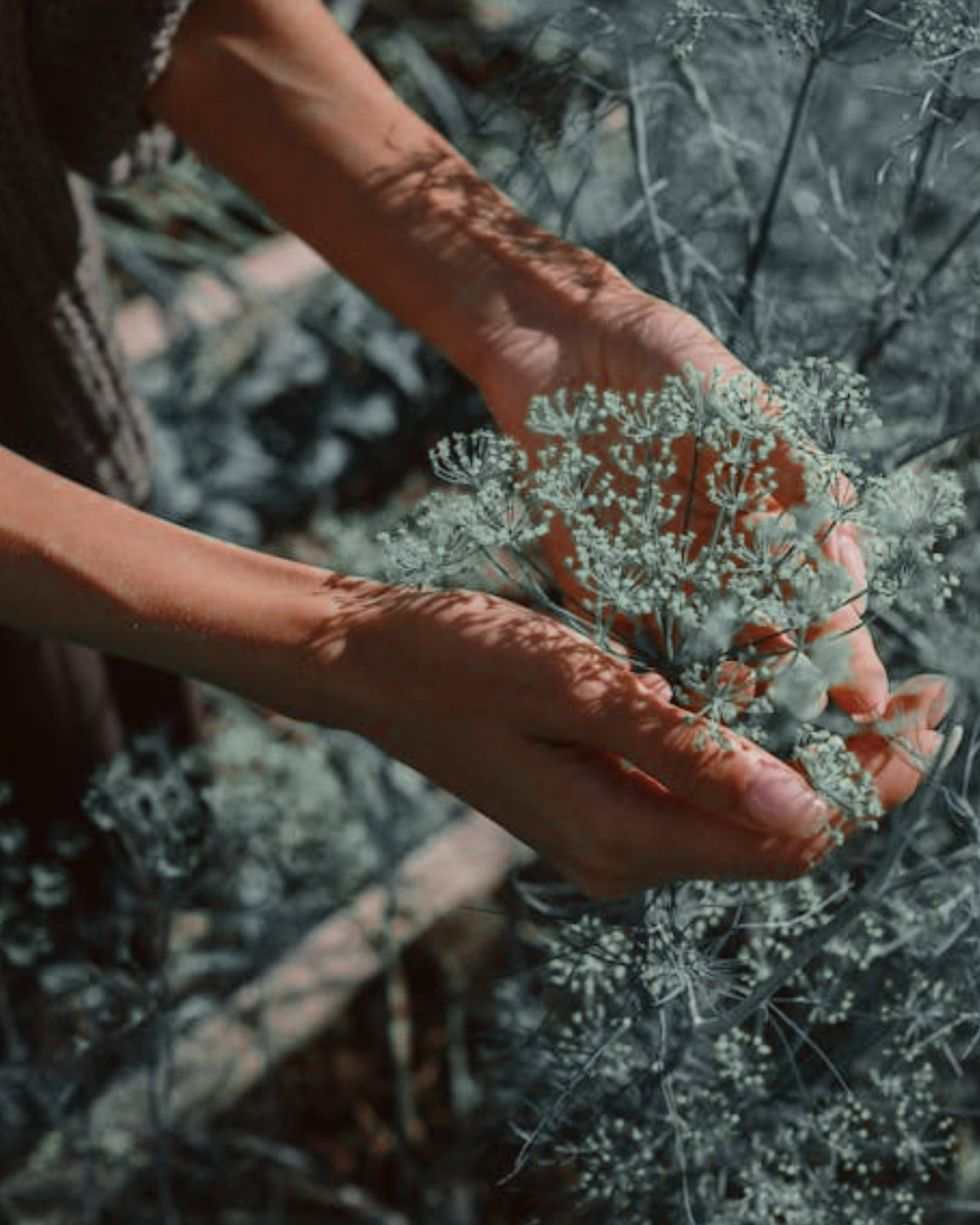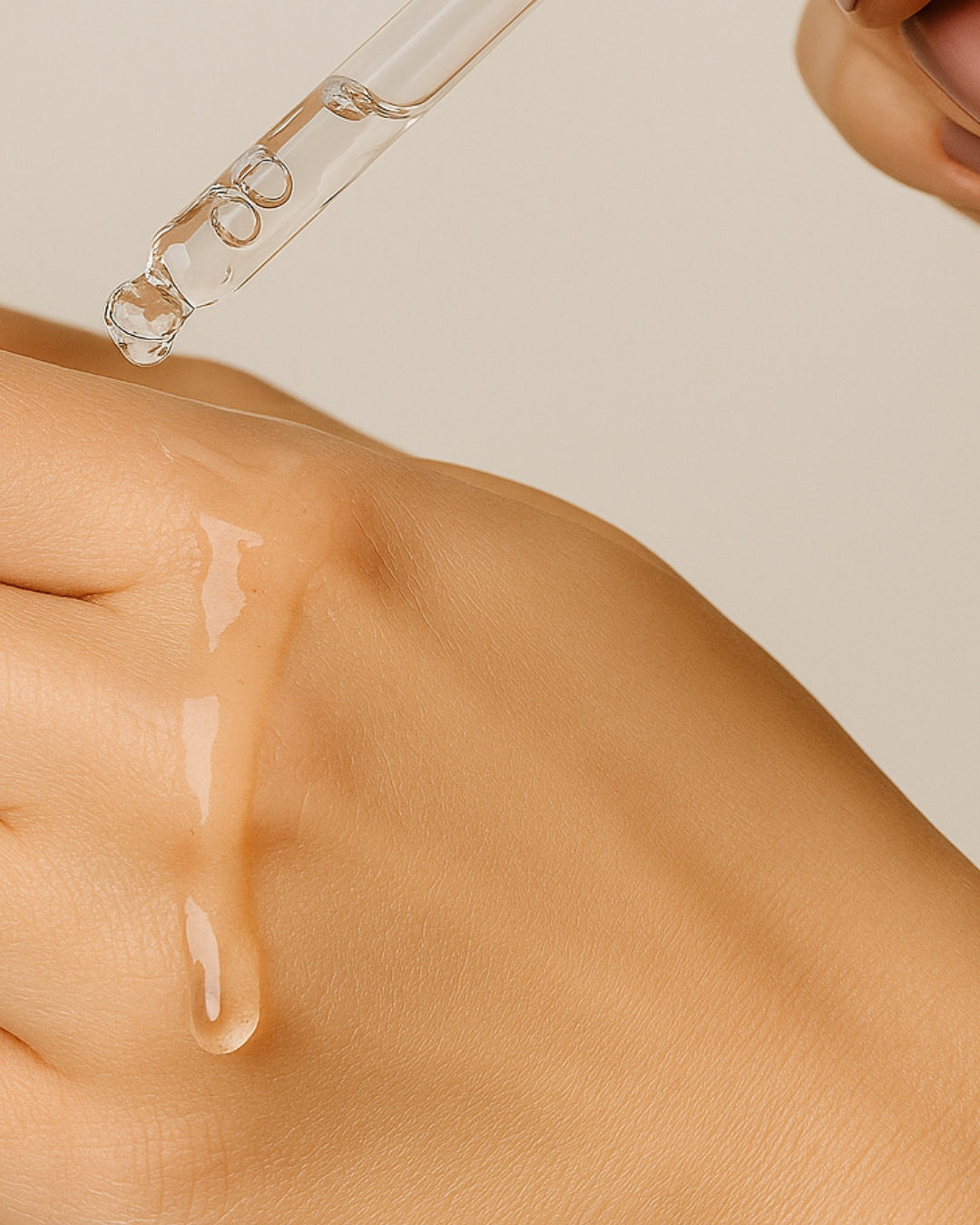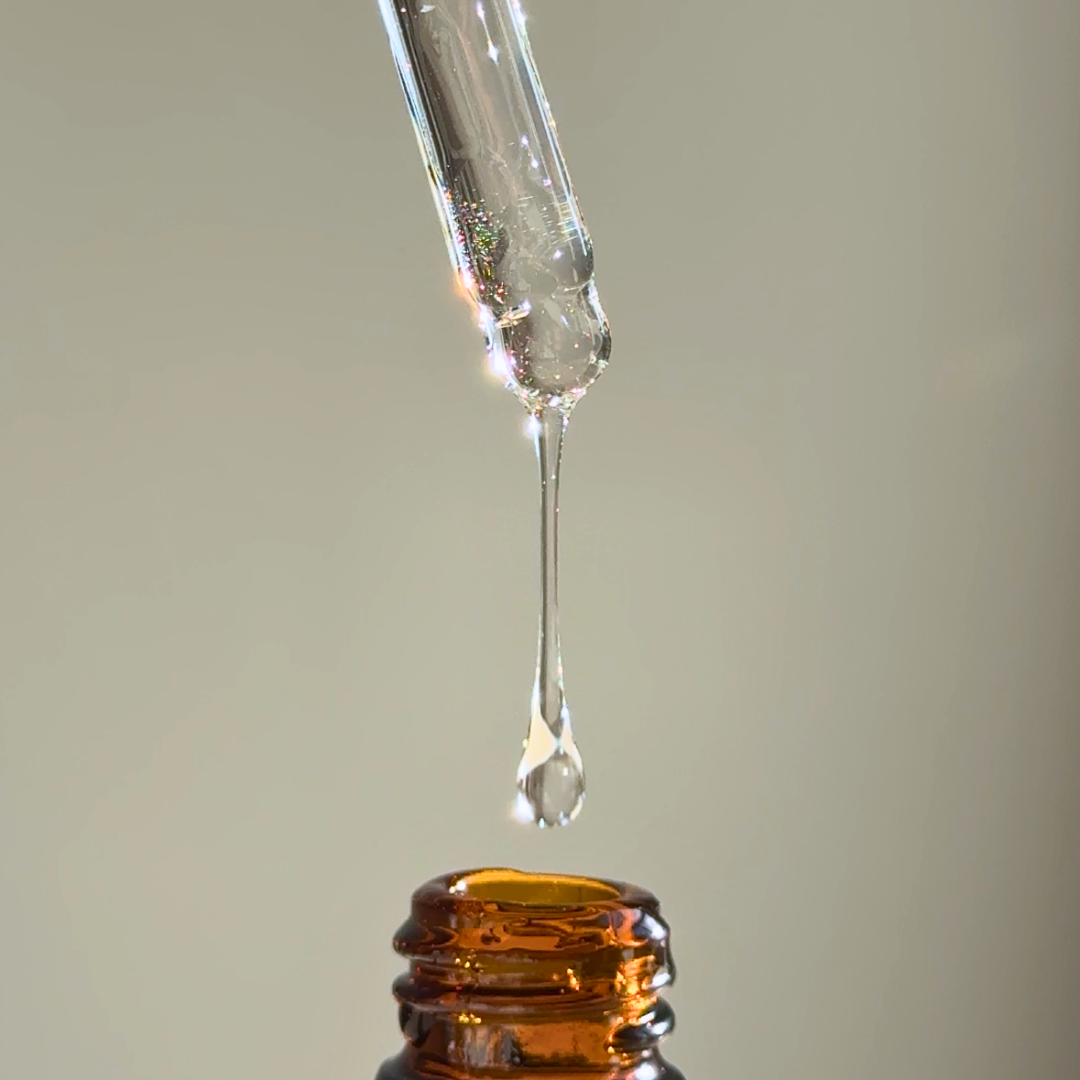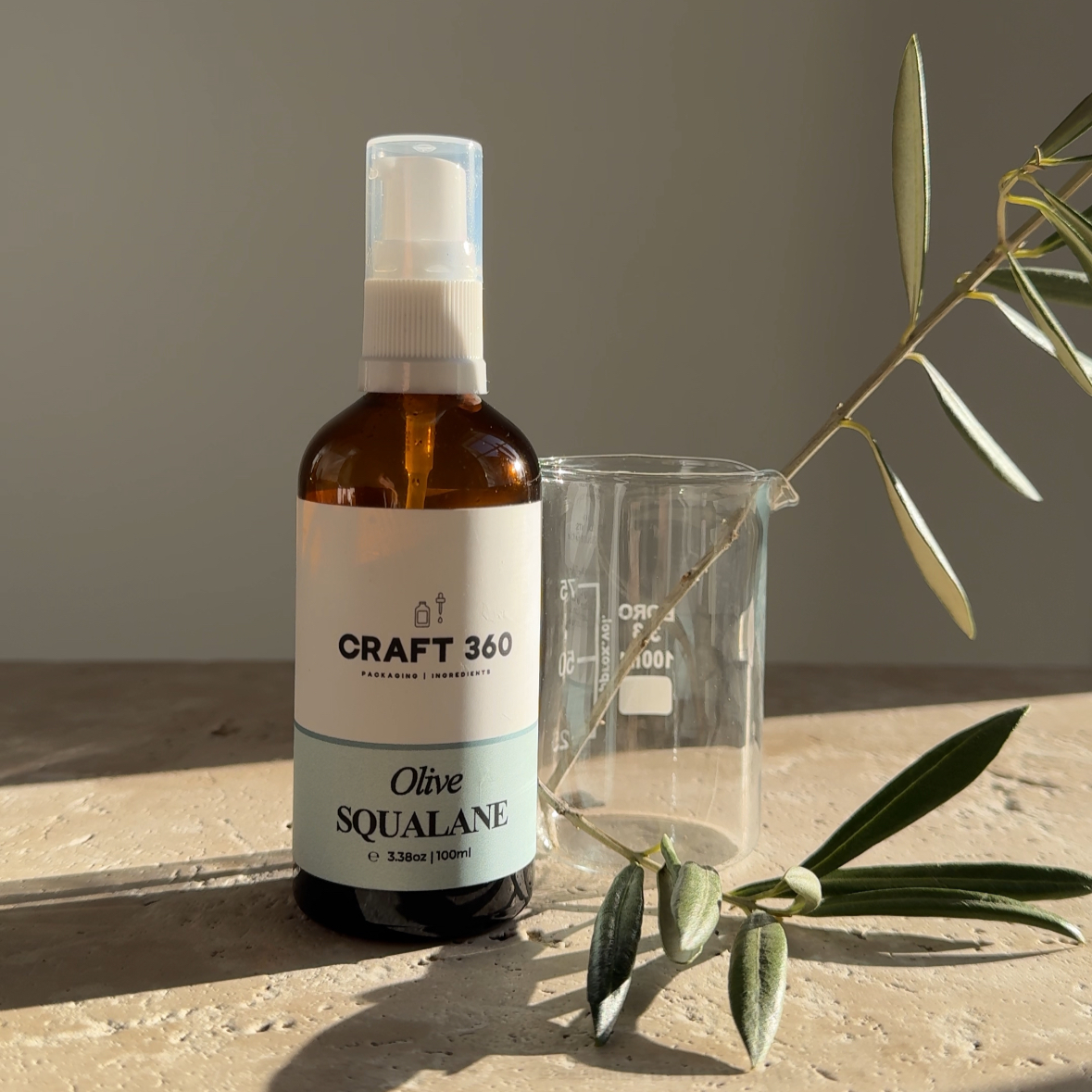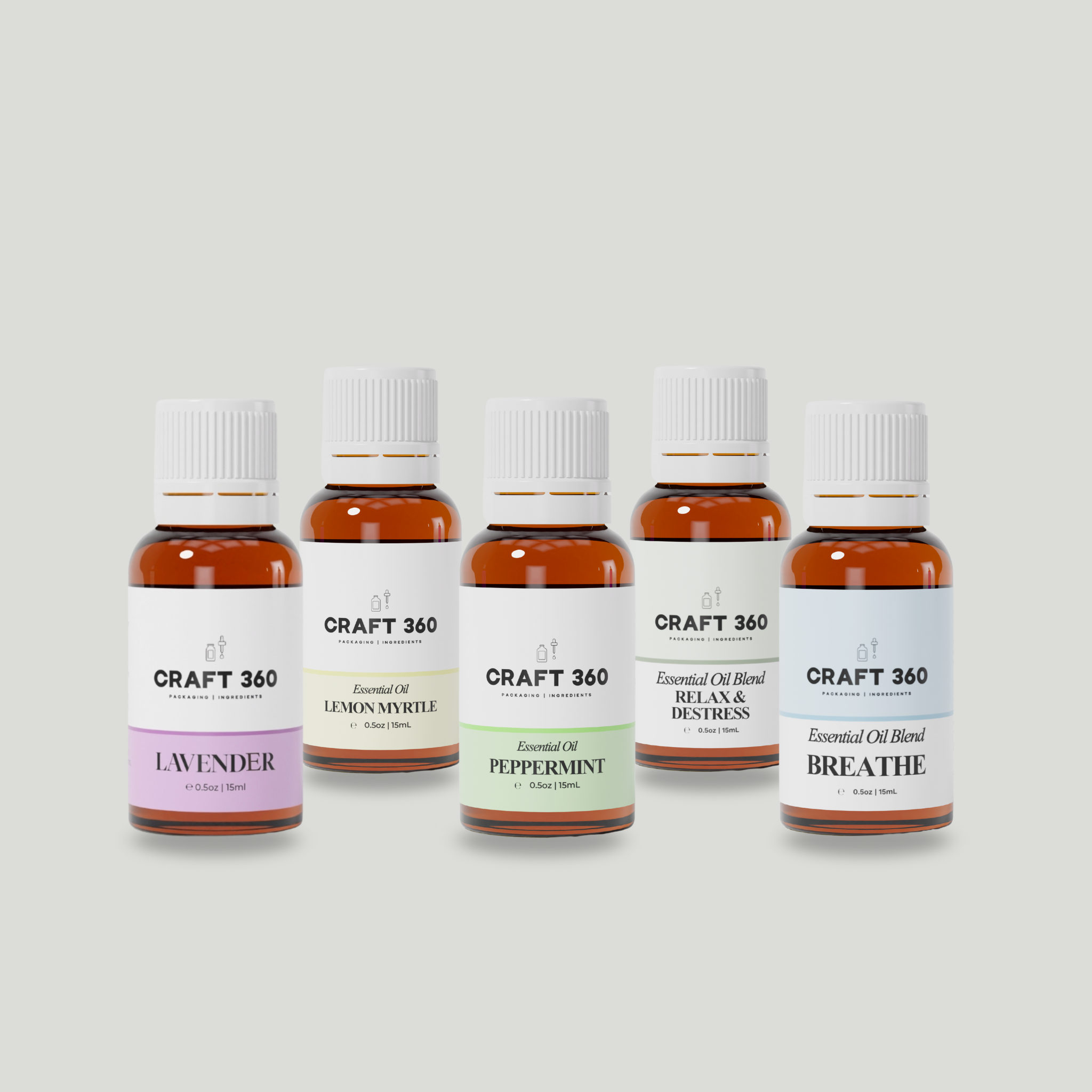Blog
Preservatives in Skincare: A Beginner’s Guide to Safe, Long-Lasting Formulations
5 minute read Starting your skincare formulation journey? One of the most crucial ingredients you'll need to understand is preservatives. While they might not be the most glamorous part of your formulation, they're absolutely essential for creating safe, stable products that your customers can trust. Let's break down everything you need to know about preservatives – from what they are to how to use them effectively in your formulations. What Are Preservatives? Think of preservatives as the guardians of your skincare formulations. They're ingredients specifically designed to prevent the growth of harmful microorganisms like bacteria, fungi, yeast, and mould that can contaminate your products. Natural and herbal cosmetics are particularly vulnerable because they're made with biodegradable ingredients – the very things that make them gentle on skin also make them appealing to microbes. Without proper preservation, these unwanted guests can multiply rapidly, causing your products to spoil, lose effectiveness, or even become dangerous to use. Why Do We Use Preservatives in Skincare? The simple answer? Safety and stability. Here's what preservatives do for your formulations: Protect Against Contamination: Microorganisms are everywhere – in the air, on surfaces, and even on our skin. When they find their way into unpreserved products, they can multiply rapidly, potentially causing skin irritation, allergic reactions, or even serious infections. Extend Shelf Life: Without preservatives, your water-based formulations would last only a few days to two weeks (even when refrigerated). Proper preservation can extend shelf life to 12 months or more. Maintain Product Integrity: Microbial growth doesn't just make products unsafe – it can also change their colour, texture, smell, and performance. Preservatives help maintain the quality you worked hard to achieve. When Do You Need Preservatives? Understanding when to use preservatives is crucial for formulator success. The golden rule is simple: If your product contains water or might come into contact with water, it needs a preservative. Water-Based Products (Always Need Preservatives) Lotions and creams Serums and essences Cleansers and toners Hydrating mists Any emulsion (oil-in-water or water-in-oil) Products That Might Contact Water (Usually Need Preservatives) Scrubs and exfoliants Cleansing balms Bath products Anything used in the shower or bathroom Anhydrous Products (Generally Don't Need Preservatives) Anhydrous = formulations that don’t contain water Pure oils and oil blends Balms and salves Lip balms Powder products Note: Anhydrous products may need antioxidants to prevent rancidity, but that's a different concern from microbial contamination. What Happens When You Don't Use Preservatives? Visible Changes: Your product might develop an odd smell, change colour, or develop a slimy texture Invisible Dangers: Harmful bacteria can multiply without obvious signs, creating potential health risks Product Failure: Your carefully crafted formulation loses its effectiveness as microbes break down active ingredients Customer Safety: Users may experience skin irritation, infections, or allergic reactions The Microbial Threats Your Products Face Understanding your enemy helps you choose the right defence. Here are the main culprits that can attack your formulations: Bacteria: These single-celled organisms prefer neutral to slightly alkaline pH levels and warm temperatures (30-37°C). Particularly concerning is Pseudomonas, a gram-negative bacteria that's: Resistant to many antimicrobials Found in tap water and on skin Capable of causing serious infections Yeast: Preferring acidic conditions and room temperature, yeast doesn't typically cause health problems but can alter your product's appearance and texture. Candida albicans is a common culprit. Mould: These fungi reproduce through spores that can survive for long periods in harsh conditions. They prefer acidic pH and room temperature. Aspergillus niger is particularly notorious for product spoilage. Types of Preservatives: Understanding Your Options Now that you understand why preservatives are essential, let's explore the different types available to formulators. Preservatives can be categorised in several ways, but the most important distinction for beginners is understanding the difference between single-action and broad-spectrum preservatives. Single-Action Preservatives Traditional preservatives often target specific types of microorganisms: Some excel against bacteria but struggle with fungi Others effectively combat mould but miss yeast Many work well against one type but leave gaps in protection Examples include pure sodium benzoate (primarily antifungal) or individual organic acids that target specific microbe families. Broad-Spectrum Preservatives: Your Best Defence This is where modern preservation gets exciting. Broad-spectrum preservatives effectively target multiple types of microorganisms in one ingredient: Gram-positive bacteria (like Staphylococcus) Gram-negative bacteria (like Pseudomonas) Fungi (including yeast and mould) Why Choose Broad-Spectrum? In the past, formulators often used multiple preservatives to cover all bases – one for bacteria, another for fungi, and so on. Today's broad-spectrum preservatives simplify this process by combining multiple antimicrobial agents into one ingredient. For example, Euxyl K 712 combines sodium benzoate and potassium sorbate, giving you protection against various microorganisms in a single ingredient. How to Spot a Broad-Spectrum Preservative Here's a simple trick: Check the INCI name. If it contains two or more ingredients, that's usually a sign you're looking at a broad-spectrum preservative. This happens because broad-spectrum preservatives are typically mixtures of different preservative agents, each targeting specific types of microorganisms. When you see multiple ingredients listed, it means the manufacturer has combined various antimicrobial agents to create comprehensive protection. Examples: Euxyl K 712: INCI - Potassium Sorbate, Sodium Benzoate, Water Euxyl K 903: INCI - Benzyl Alcohol, Benzoic Acid, Dehydroacetic Acid Geogard Ultra: INCI - Gluconolactone, Sodium Benzoate, Calcium Gluconate Geogard 221: INCI - Dehydroacetic Acid, Benzyl Alcohol Single-ingredient preservatives like pure sodium benzoate or potassium sorbate typically have narrower antimicrobial spectrums, which is why they're often used in combination with other preservatives. How to Use Preservatives Effectively Concentration Matters: Too little: Ineffective protection Too much: Potential skin irritation and unnecessary expense Just right: Follow supplier recommendations (typically 0.2-2% depending on the preservative) pH is CriticalMost preservatives work within specific pH ranges. Sodium benzoate is most effective at pH 3-4 Many broad-spectrum preservatives work best at pH 3-6 Always check your preservative's optimal pH range and adjust your formulation accordingly. Temperature Considerations: Add preservatives during the cool-down phase (typically below 40-60°C) to prevent degradation. Heat can reduce their effectiveness or cause them to break down entirely. Contact Time: Preservatives need time to work. The longer the contact time, the more effective they are at eliminating microorganisms. Popular Preservative Options for Natural Formulations Sodium Benzoate Strengths: Food-grade, GRAS (Generally Regarded As Safe) Limitations: pH-dependent (works best at pH 3-4), not broad-spectrum Usage: 0.5-1%, works well combined with potassium sorbate Best for: Acidic formulations Potassium Sorbate Strengths: Naturally occurring, effective against mould Limitations: Poor against bacteria, pH-sensitive Usage: 0.3-1.5%, combine with sodium benzoate for broad-spectrum protection Best for: Mould-prone formulations Euxyl K 712 Strengths: Combines sodium benzoate and potassium sorbate Usage: Follow supplier guidelines Best for: Simplified broad-spectrum preservation Nat Preserve (Geogard Ultra) Strengths: ECOCERT/COSMOS compliant, broad-spectrum Usage: 1-2%, pH range 3-6 Best for: Natural and organic formulations Supporting Your Preservative System Chelating Agents: These ingredients bind metal ions that can interfere with preservative effectiveness. Natural options include citric acid, while synthetic options include EDTA. Preservative Boosters: Ingredients like glycerine can help preservatives penetrate microbial cell walls more effectively. Good Manufacturing Practices: Sanitise all equipment and surfaces Use distilled or deionised water Work in clean environments Store ingredients properly Addressing the Preservative Stigma Preservatives Are Essential for Safety: The risks of using unpreserved water-based products far outweigh any concerns about properly formulated preservatives. Natural Doesn't Always Mean Preservative-Free: Many "natural" preservatives are actually combinations of naturally-derived and synthetic ingredients that work together effectively. Dose Makes the Difference: When used at appropriate concentrations, preservatives are safe and effective. The key is using them correctly, not avoiding them entirely. Key Takeaways for Beginner Formulators Water = Preservative: Any water-containing product needs preservation Broad-spectrum is best: Choose preservatives that protect against multiple microorganisms Check the INCI: Multiple ingredients usually indicate broad-spectrum protection pH matters: Match your preservative to your formulation's pH Follow guidelines: Use preservatives within recommended concentration ranges Cool-down phase: Add preservatives when your formulation has cooled Test your products: Consider microbial testing to verify preservation effectiveness Moving Forward with Confidence Understanding preservatives might seem overwhelming at first, but they're simply another tool in your formulation toolkit. Like any ingredient, they work best when you understand their properties and use them correctly. Remember, your goal isn't just to create beautiful, effective products – it's to create safe ones that your customers can use with confidence. Proper preservation is an essential part of that promise. Ready to start formulating with preservatives? Begin with simple, well-tested combinations like sodium benzoate and potassium sorbate, or explore broad-spectrum options like Geogard Ultra for streamlined preservation. Your customers' safety and your product's success depend on getting this right – and with the knowledge you've gained here, you're well on your way to creating formulations that are both effective and safe. Have questions about preservatives or need help choosing the right option for your formulation? Share your thoughts in the comments below!
Read more


